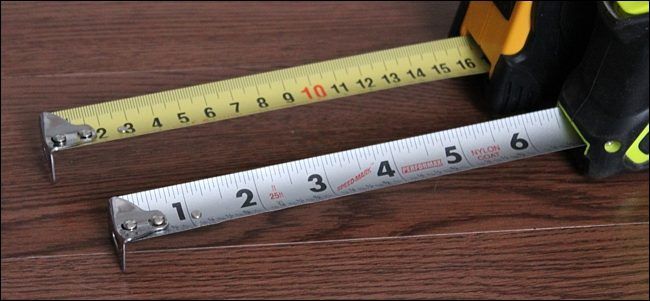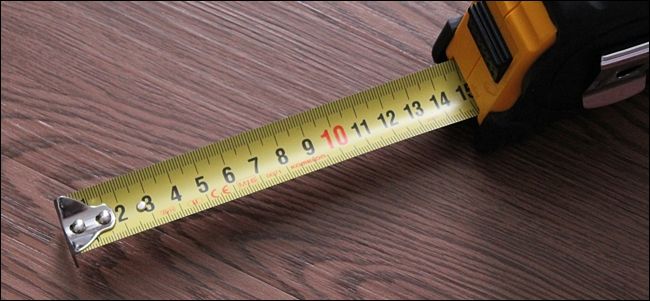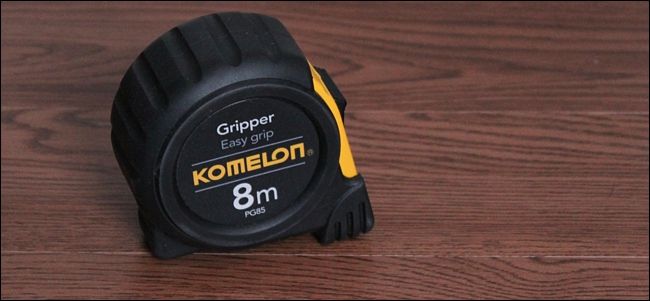The imperial system that's used in the US isn't all that complicated, but it's amazing how much easier the metric system can be when used in certain situations.
In the US, we actually do use the metric system for some things, like 5K running events, two-liter bottles, nutrition facts measured in grams, and car engine sizes measured in liters. However, the imperial system is still mostly used throughout, but that shouldn't stop you from using the metric system in order to make things a bit easier on yourself.
Specifically, I highly recommend using metric any time you're taking a lot of measurements, whether it'd be during a woodworking project or a general home improvement project. It's more precise, and thus much easier to use (even if you're used to the imperial system).
As an example, let's say you need to measure the dimensions of a doorway so you can see if that big new refrigerator can fit through. You need to be pretty precise with the measurement, so you grab the measuring tape and read 2 feet, 5-3/8 inches at the narrowest point. That's probably not too difficult to remember in your head, but once you take two or three more measurements, all those crazy fractions start to become jumbled and more difficult to remember.
Now, if you were to take those measurements in centimeters, they would be a lot easier to remember. So instead of 2 feet 5-3/8 inches, you'll have 74.6 cm (or 74 cm and 6 mm). And instead of 6 feet 7-7/8 inches, you'll end up with 202.9 cm. You could argue that the metric measurements are much easier to remember because the fractions are always base 10 (not to mention easier to pinpoint quickly along the dotted lines).
Not only that, but adding and subtracting these measurements is way easier to do when they're in metric. Try subtracting 1 foot 5-3/16 inches from 3 feet 3-5/8 inches in your head. Some people might be able to do it without too much of a problem, but you've most likely already given up at this point. Now try subtracting 43.6 from 100.6. It's a lot easier to manage, right?
Even if you couldn't do it in your head, you could easily just grab a calculator and do the math without any fractions getting in the way, especially since most calculators don't even support fractions in the first place.
But how do you take measurements using the metric system if all of your measuring tapes use imperial? You may be able to find metric measuring tapes at your local hardware store, but they might only have one or two to choose from, if that. The good news is you can find all sorts of metric measuring tapes online. This one from Amazon is cheap enough and easy to read, and it's the one I use.
If you want the best of both worlds, you can usually find a measuring tape that has freedom units on one edge and metric on the other (like this one from Stanley), so you can switch back and forth at any time without switching tapes.
Granted, measuring in metric units only works in your own personal bubble, so to speak. In other words, it's not really a good idea to take a measurement in centimeters if you need to figure out what size door to buy at the hardware store---the imperial system is used throughout construction. So if you took a measurement in centimeters and used that number to find a door that matches that measurement, you would need to convert it into inches once you got to the store. With that said, it's easier just to measure in inches for things like this.
However, if you're just taking your own personal measurements during a woodworking project, the only unit of measure you need to use is the one you're most comfortable with, since there's no other factor that would get in the way. Right now, you probably use the imperial system just because that's what the standard is in the US, but don't be afraid to give the metric system a try sometime. You may find that it's a lot easier than using inches and fractions.




